Princess Alice, Prince Philip's Mother, Was a Fascinating, Tragic Figure
Hers is one of the strangest stories in royal history.
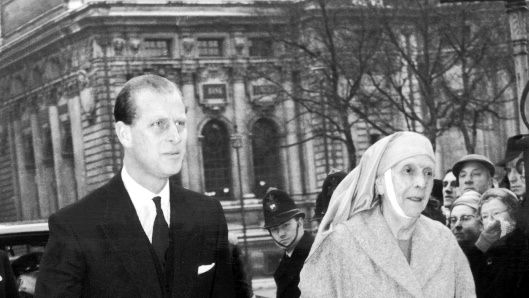

The relationship between Prince Philip (played by Tobias Menzies in season three of Netflix hit The Crown) and Philip's mother Princess Alice (played by Jane Lapotaire) was fraught for most of their lives. Alice, who preferred not to be associated with her royal name and spent a great deal of time either institutionalized or in a convent, was absent for a large part of her son's life and only reconnected with him when both were much older.
She's a fascinating and tragic figure, and her story is one of the strangest in royal history. The mother-son relationship is explored in The Crown season 3—so what's the real-life story behind the fictional depiction?
Princess Alice was born at Windsor Castle.
Princess Alice, who was a great-granddaughter of Queen Victoria, was born and raised as an English princess, although she spent time in Greece as well as the German Empire. She was born deaf and remained so throughout her life (apparently she could lipread in several languages and speak English and German). She married Prince Andrew of Greece, and the pair had five children—Prince Philip was the youngest—but they were exiled when the Greek royal family was overthrown.
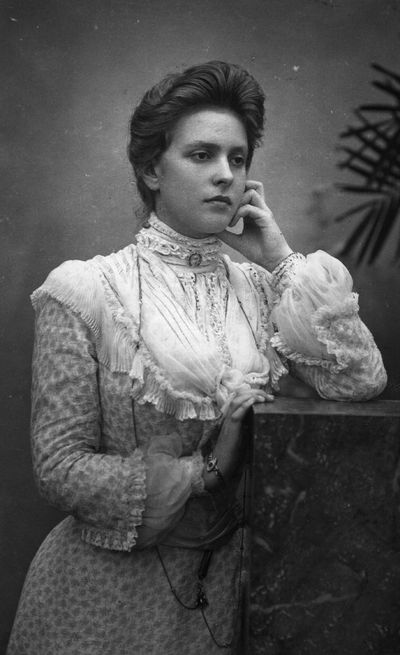
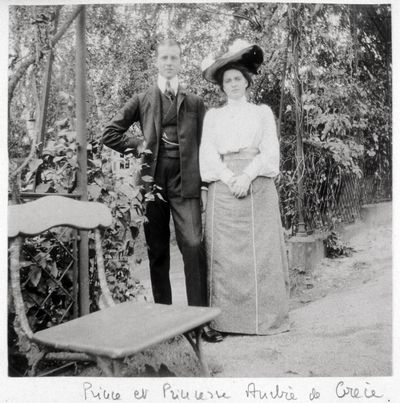
Princess Alice with her husband, Prince Andrew of Greece.
Alice was diagnosed with schizophrenia in 1930 (when she was 45) and placed in a sanitarium. Apparently, she was even treated by Sigmund Freud at one point, although (pretty standard for Freud, unfortunately) he said she suffered from sexual frustration and...induced early menopause in her.
After Alice recovered, she stayed in Greece, converted to the Greek Orthodox Church, founded an order of nuns against the wishes of her family, and devoted her life to religious work from then on.
She saved a Jewish family from the Holocaust.
In 2018, when Prince William visited Alice's tomb, she was formally recognized by the royal family for her bravery in sheltering a Jewish family during World War II. Rachel Cohen and her children were hidden at Alice's house, and her descendants thanked William for his great-grandmother's bravery.
The Royal Family tweeted, "Princess Alice, mother to The Duke of Edinburgh, lived in Athens during WWII and worked with the Swedish and Swiss Red Cross. During the German Occupation of Athens Princess Alice sheltered Jewish families in her apartment. In 1993 Yad Vashem bestowed the title of 'Righteous Among the Nations' to Princess Alice—an honour given to non-Jews who risked their lives during the Holocaust to save Jews."
Stay In The Know
Get exclusive access to fashion and beauty trends, hot-off-the-press celebrity news, and more.
The show covers her later years.
The first we see of Princess Alice during The Crown is during Elizabeth's wedding in season 1. The show takes a little creative license, showing her in her habit (Queen Mary makes a disparaging remark about her just coming out of a sanitarium). But it looks as though Alice was dressed in event-appropriate attire for the official photo—she's at the bottom left in the darker outfit.
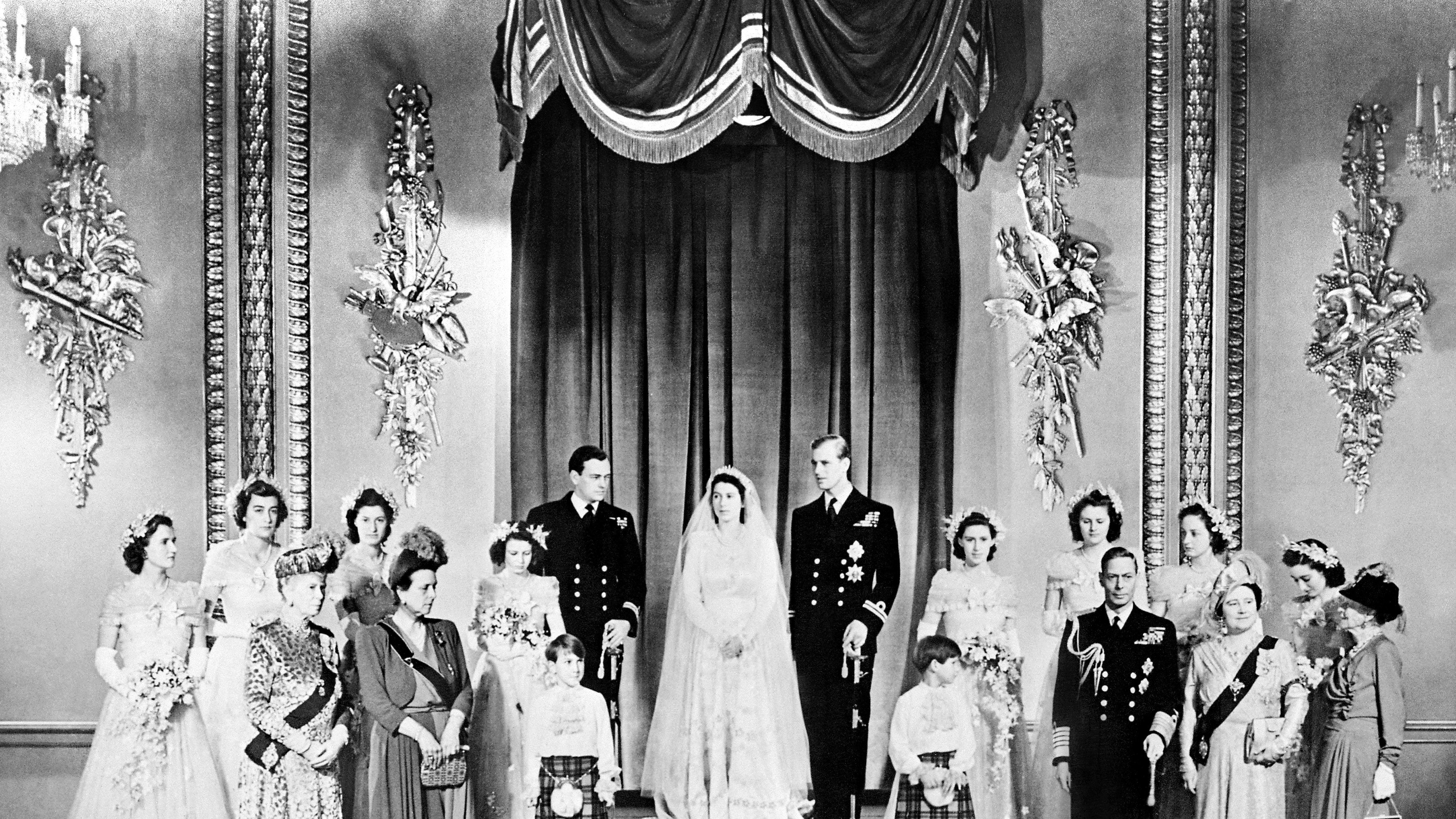
Spoilers for season 3 ahead. In season 3, Princess Alice is the star of "Bubbikins," one of the best episodes of not only the season, but the series. Presented as a wily, mission-driven nun forced to return to the royal abode for her own safety—a place where Alice finds, with great sadness, that she can be of no use to anyone, and where her beloved son avoids her—Alice is kept behind closed doors by the royal family during a particularly intense period of bad press. The message is clear: She can only provide shame to the royal family, and she is no longer permitted to help the underprivileged, an area in which she clearly found meaning.
Yet, there is vindication for Alice, a plucky character the viewer likes from the start. She's befriended by Princess Anne, who pushes her in front of journalist John Armstrong (who does not exist, but that's a different story), who in turn writes a glowing profile of the princess that redeems the royal family in the eyes of the public. The episode ends with Philip and his mother walking into the garden together, laughing, and discovering once again the bond they lost long ago.
Season 3 of The Crown is available to watch on Netflix on November 17.
For more stories like this, including celebrity news, beauty and fashion advice, savvy political commentary, and fascinating features, sign up for the Marie Claire newsletter.
RELATED STORIES
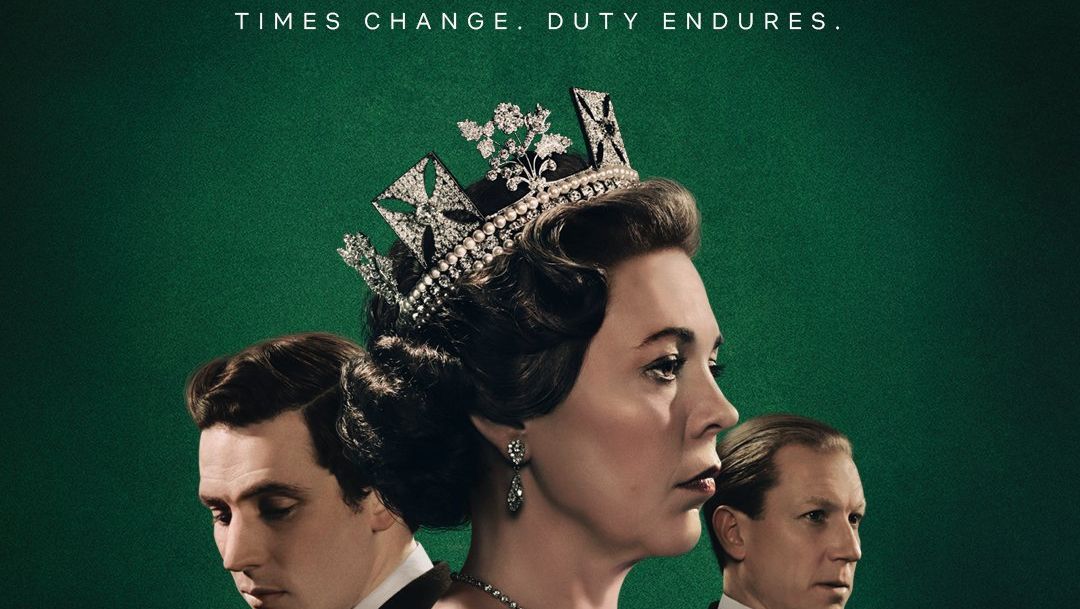
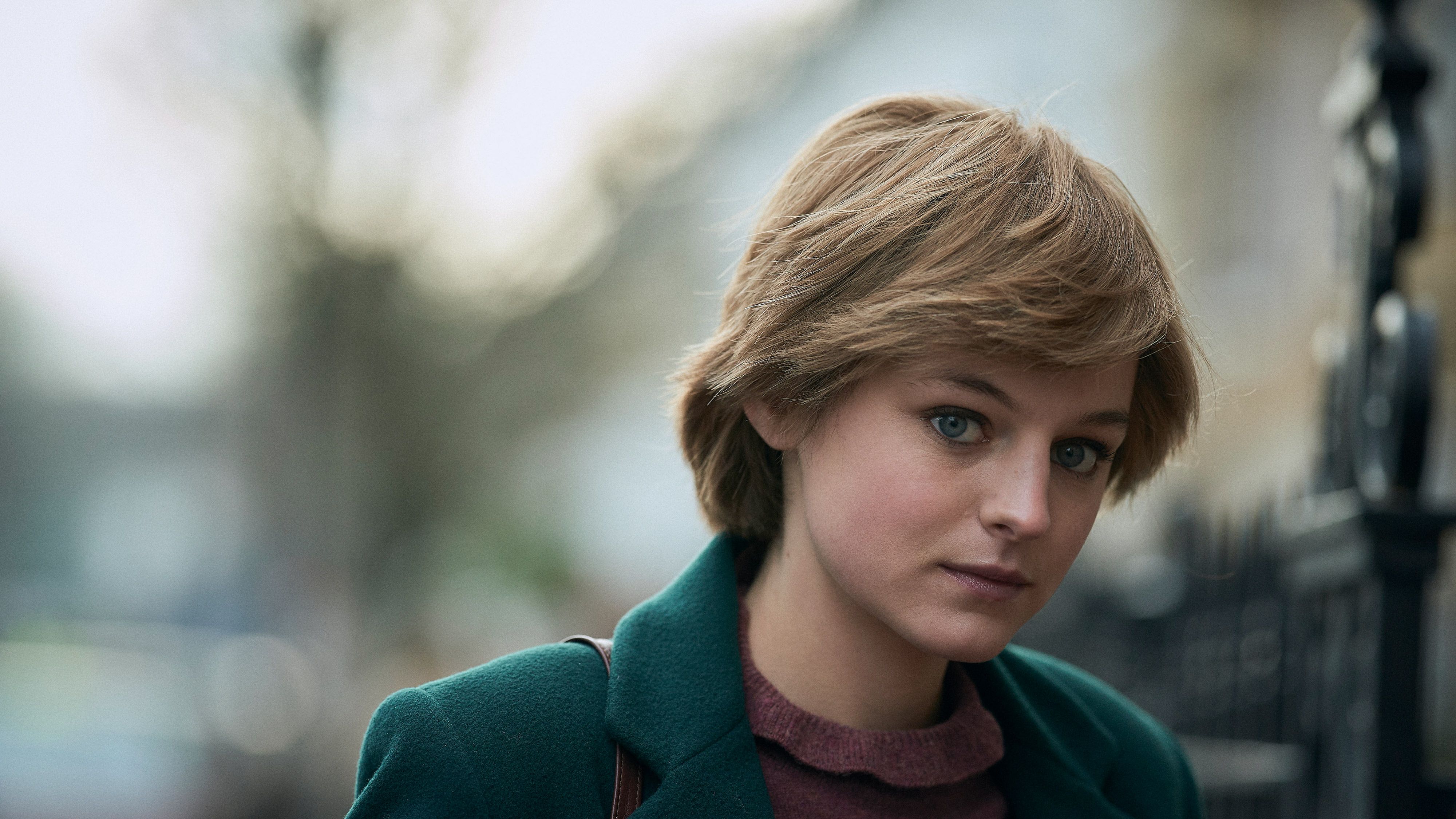

Katherine’s a contributing syndications editor at Marie Claire who covers fashion, culture, and lifestyle. In her role, she writes stories that are syndicated by MSN and other outlets. She’s been a full-time freelancer for over a decade and has had roles with Cosmopolitan (where she covered lifestyle, culture, and fashion SEO content) and Bustle (where she was their movies and culture writer). She has bylines in New York Times, Parents, InStyle, Refinery29, and elsewhere. Her work has also been syndicated by ELLE, Harper’s Bazaar, Seventeen, Good Housekeeping, and Women’s Health, among others. In addition to her stories reaching millions of readers, content she's written and edited has qualified for a Bell Ringer Award and received a Communicator Award.
Katherine has a BA in English and art history from the University of Notre Dame and an MA in art business from the Sotheby's Institute of Art (with a focus on marketing/communications). She covers a wide breadth of topics: she's written about how to find the very best petite jeans, how sustainable travel has found its footing on Instagram, and what it's like to be a professional advice-giver in the modern world. Her personal essays have run the gamut from learning to dress as a queer woman to navigating food allergies as a mom. She also has deep knowledge of SEO/EATT, affiliate revenue, commerce, and social media; she regularly edits the work of other writers. She speaks at writing-related events and podcasts about freelancing and journalism, mentors students and other new writers, and consults on coursework. Currently, Katherine lives in Boston with her husband and two kids, and you can follow her on Instagram. If you're wondering about her last name, it’s “I go to dinner,” not “Her huge ego,” but she responds to both.
-
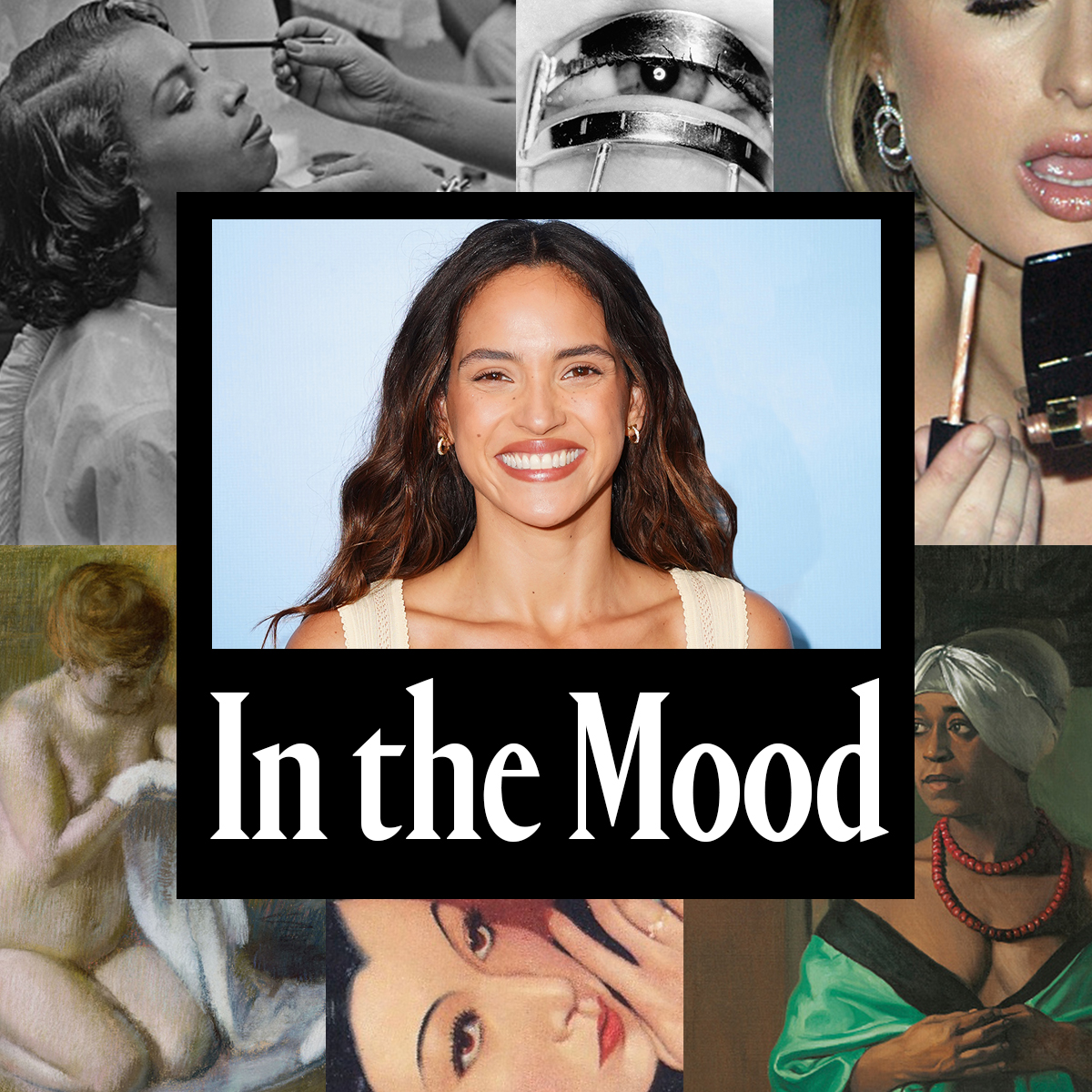 Adria Arjona Smells Irresistibly Delicious Courtesy of This $48 Hair Oil
Adria Arjona Smells Irresistibly Delicious Courtesy of This $48 Hair OilPlus the makeup routine that helps her feel "like a rebel."
By Ariel Baker Published
-
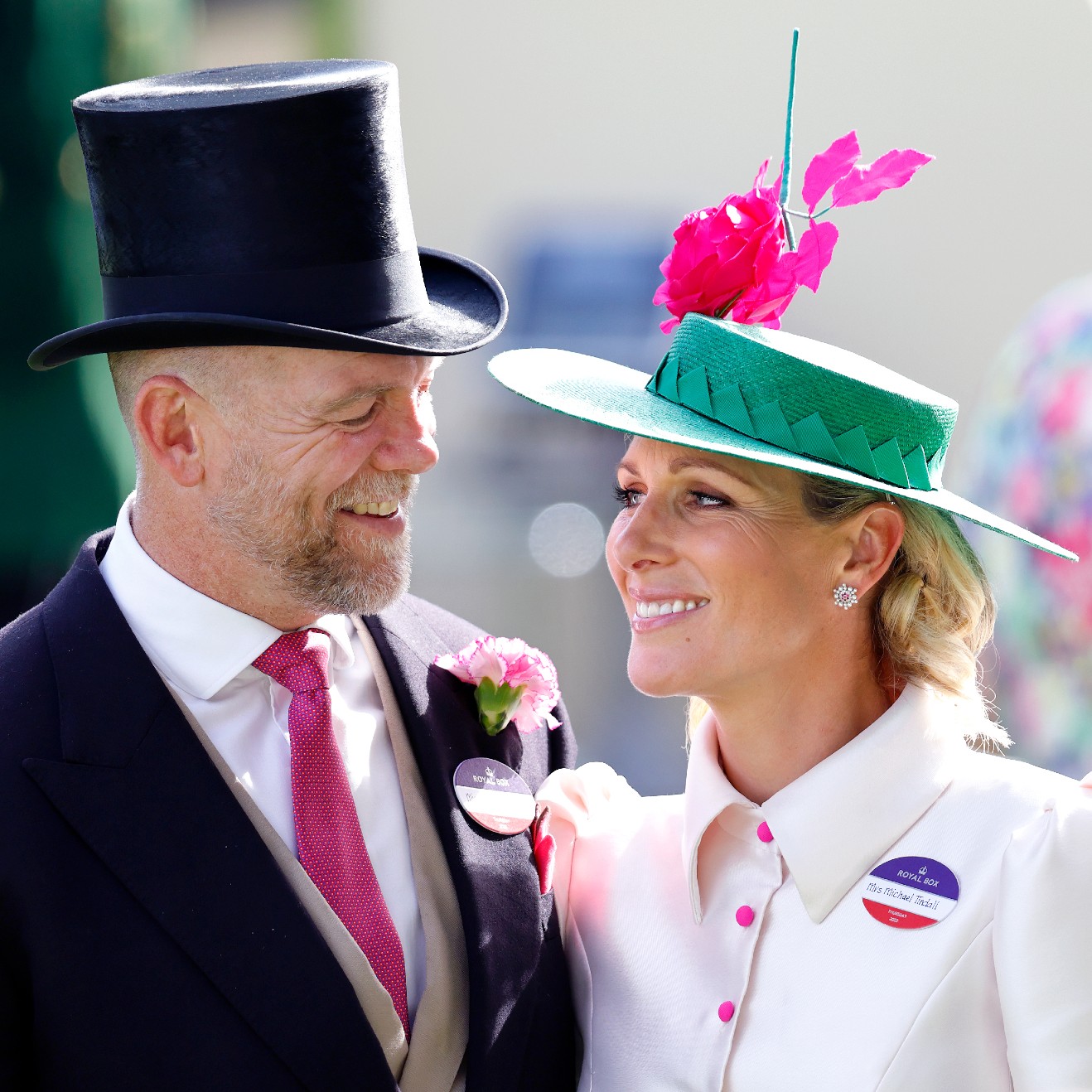 Princess Anne's Unexpected Suggestion About Mike Tindall's Nose
Princess Anne's Unexpected Suggestion About Mike Tindall's Nose"Princess Anne asked me if I'd have the surgery."
By Amy Mackelden Published
-
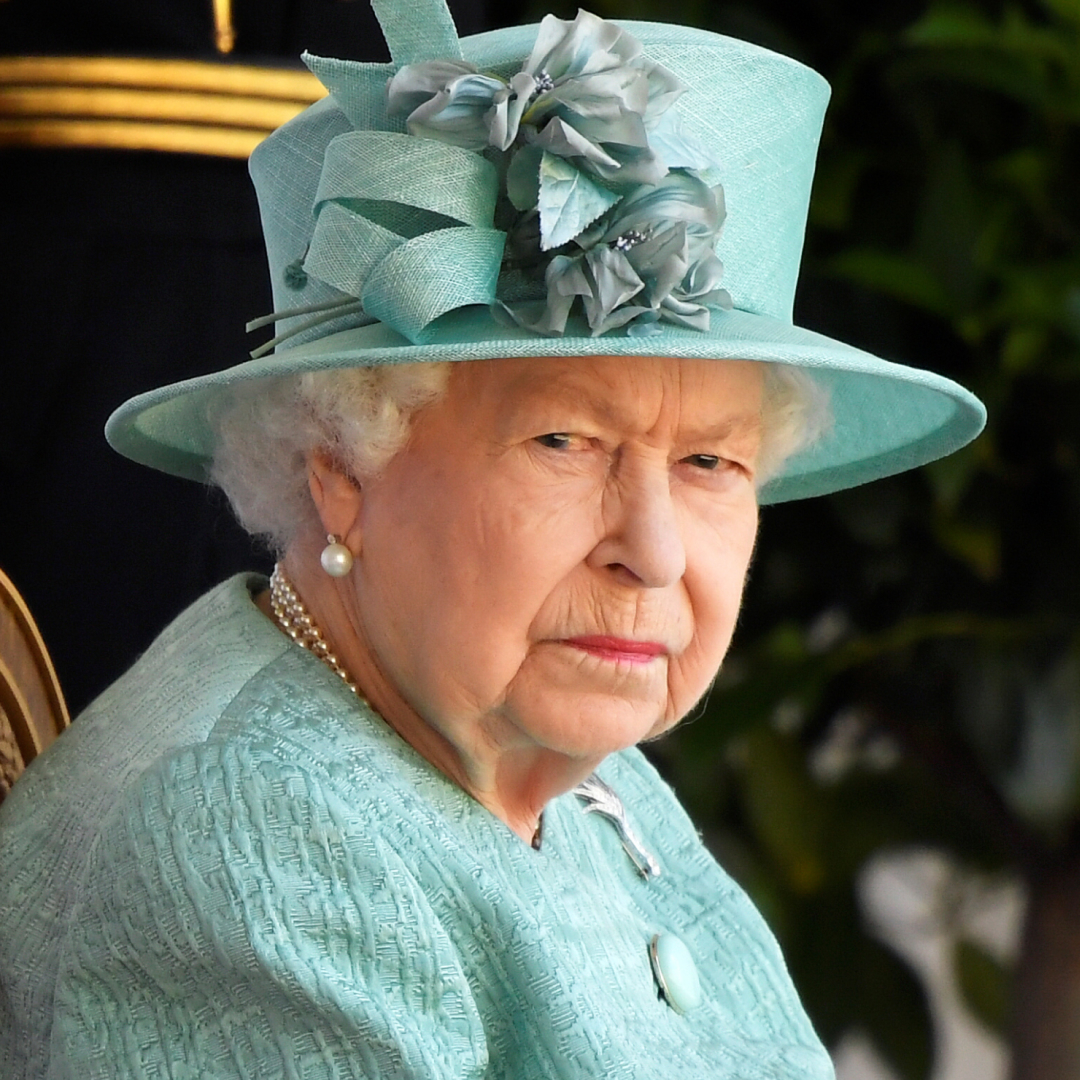 Queen Elizabeth's "Disapproving" Royal Wedding Comment
Queen Elizabeth's "Disapproving" Royal Wedding CommentShe reportedly had lots of nice things to say, too.
By Amy Mackelden Published
-
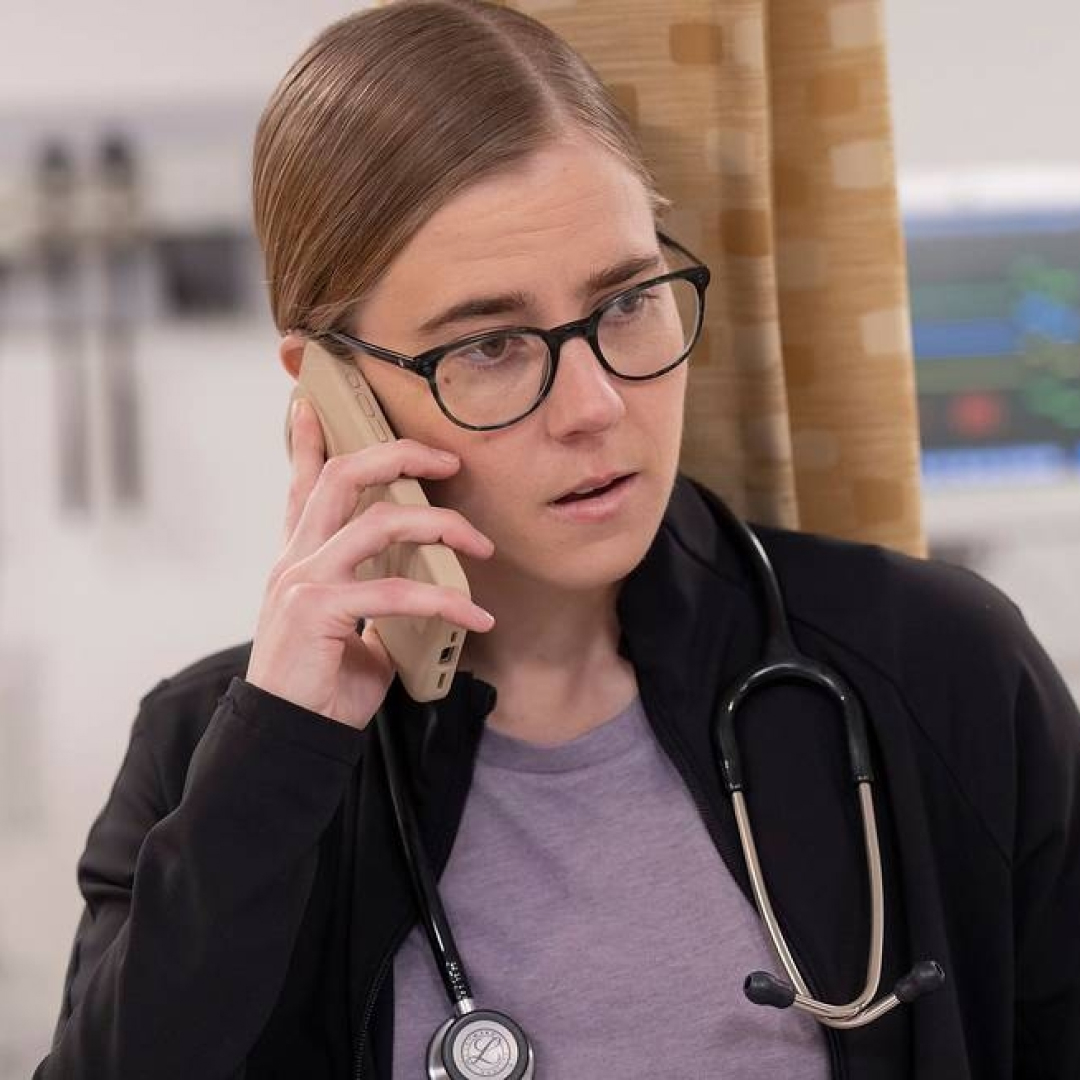 What to Know About Taylor Dearden, the Actress Who Plays Dr. Mel King on 'The Pitt'
What to Know About Taylor Dearden, the Actress Who Plays Dr. Mel King on 'The Pitt'Here's what to know about the Max series's breakout star, who just so happens to come from TV royalty.
By Quinci LeGardye Published
-
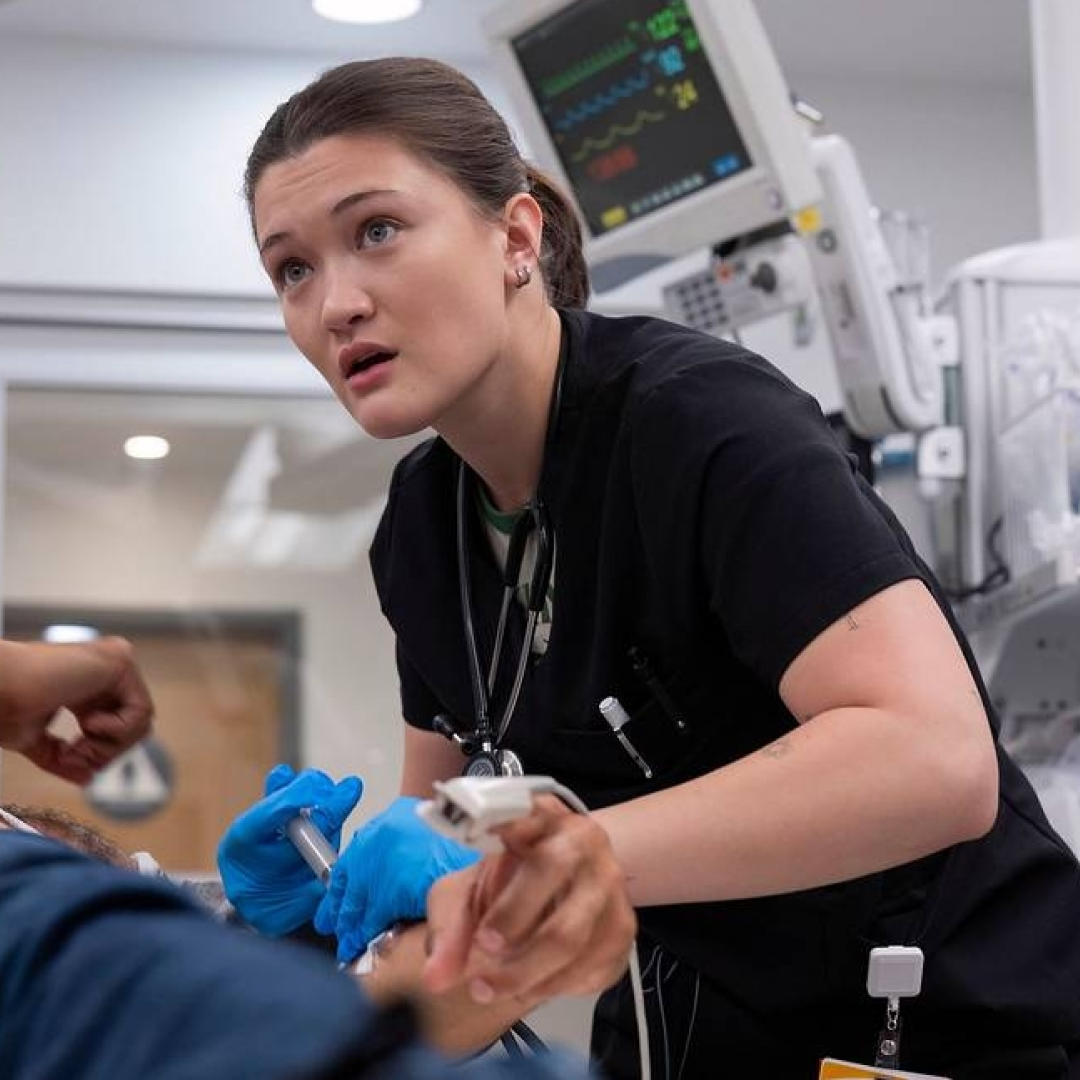 We Owe Dr. Trinity Santos From 'The Pitt' an Apology
We Owe Dr. Trinity Santos From 'The Pitt' an ApologyThe season finale of the smash Max series proved that the most unlikable character on TV may just be the hero we all need.
By Jessica Toomer Published
-
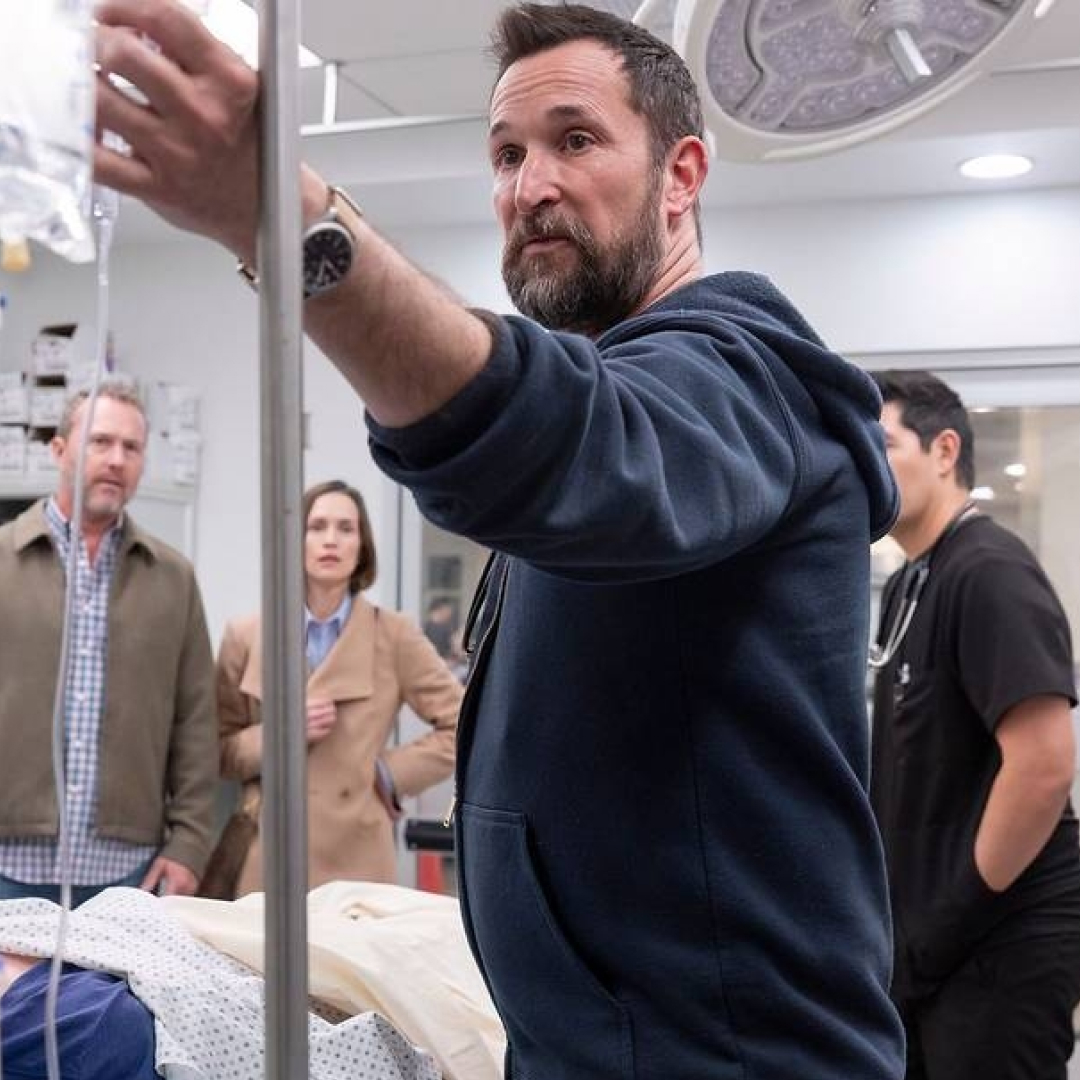 'The Pitt' Season 2: Everything We Know
'The Pitt' Season 2: Everything We KnowHere's where the hit Max medical drama could go after its gripping finale.
By Radhika Menon Published
-
 Meet Nicholas Duvernay, the Actor Who Plays Zion in 'The White Lotus' Season 3
Meet Nicholas Duvernay, the Actor Who Plays Zion in 'The White Lotus' Season 3We can't stop thinking about his scene-stealing performance in the finale.
By Quinci LeGardye Published
-
 'The White Lotus' Season 4: Everything We Know
'The White Lotus' Season 4: Everything We KnowCreator Mike White has already started teasing where the next installment will be set—and who might be back.
By Quinci LeGardye Published
-
 'Pulse' Season 2: Everything We Know
'Pulse' Season 2: Everything We KnowWe need to know about the future of the central will-they-won't-they STAT.
By Quinci LeGardye Published
-
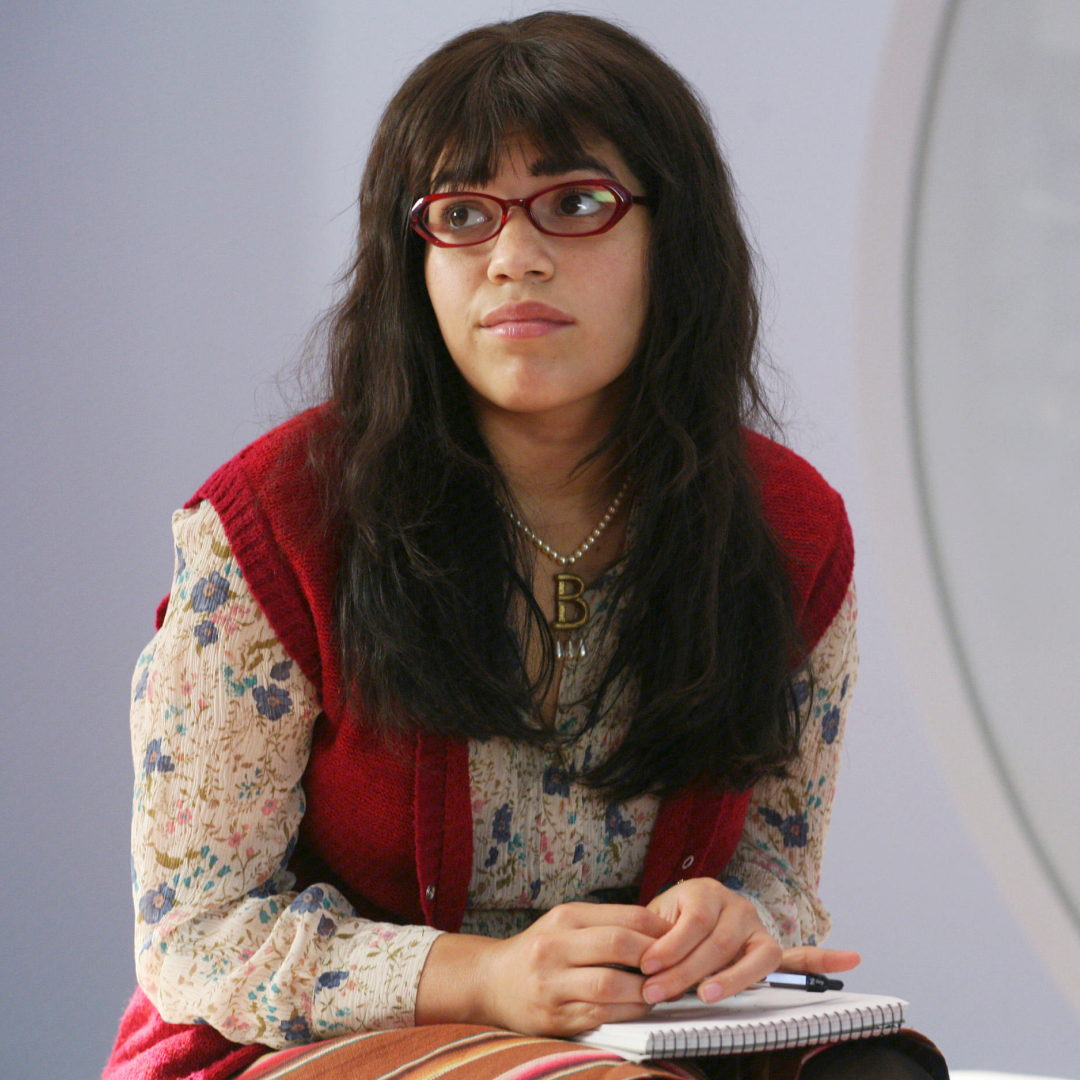 The Best Workplace TV Shows of All Time
The Best Workplace TV Shows of All TimeFrom iconic sitcoms to award-winning dramas.
By Iris Goldsztajn Published
-
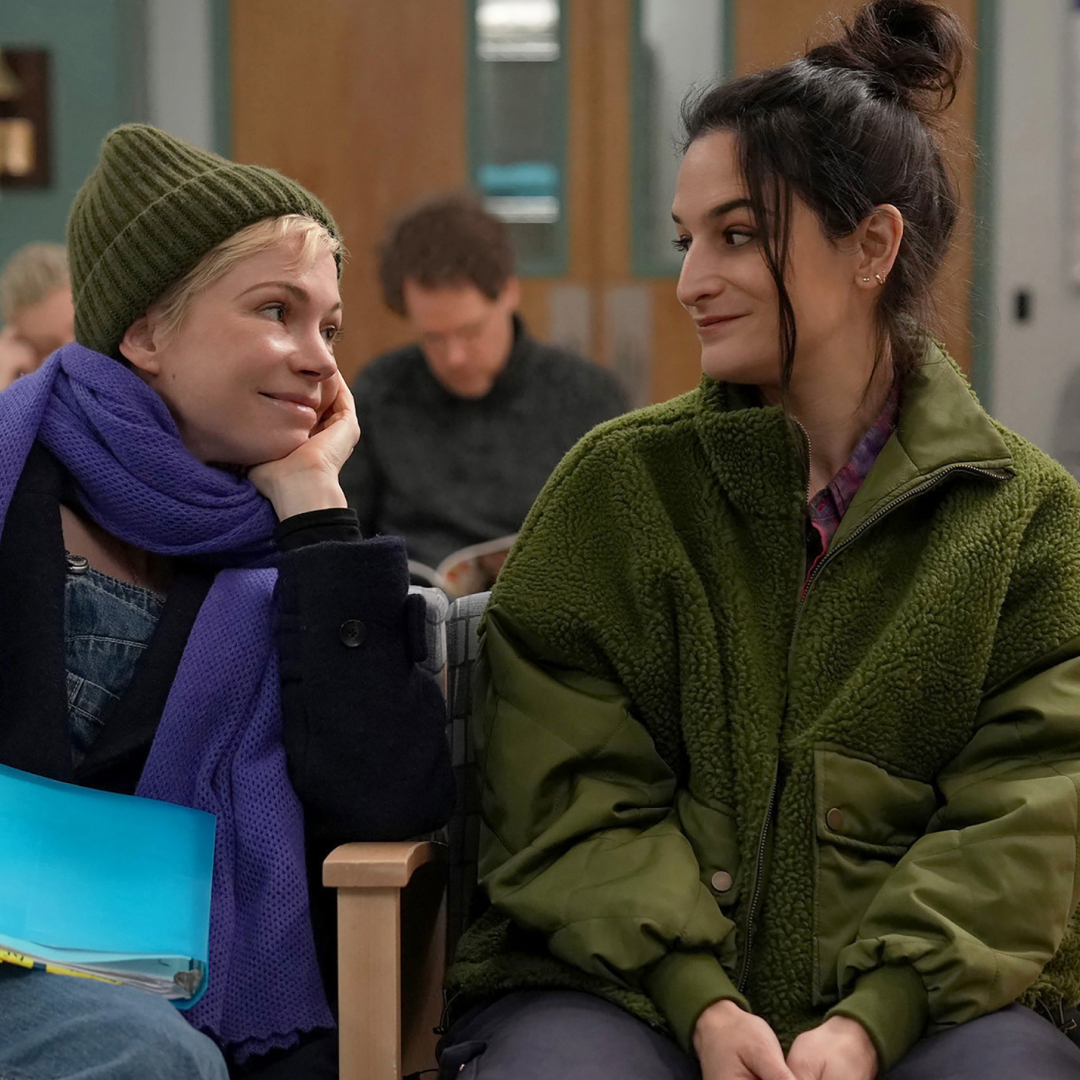 'Dying for Sex' Brought Jenny Slate to Life
'Dying for Sex' Brought Jenny Slate to LifeThe actress shares why playing Nikki in FX on Hulu's female friendship dramedy has felt like a life-changing part.
By Sadie Bell Published